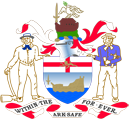Shipwrights' History
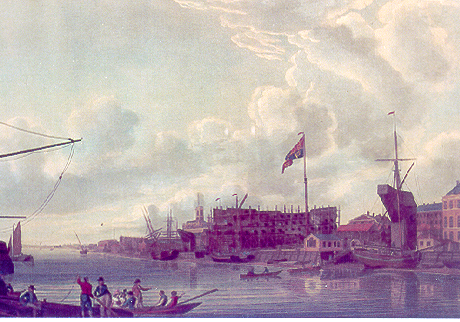
London being an ancient port on a formidable river, it was entirely natural that shipwrights should have been one of the oldest trades there – so old in fact that there are no records of the origins of the Worshipful Company of Shipwrights, which was officially recognised five hundred years ago as being ”prescriptive”, that is, before things were written down. The earliest written references to City shipwrights, “Citizen & Shipwright”, occur in the 13th century, when there were groups around London Bridge and Thames Street in Petit Wales. Some of the families were apparently wiped out in the Black Death and the survivors did not feel strong enough to require formal recognition as a major craft until the 15th century.
Under the Tudors, the size of ships increased dramatically and new, larger, shipyards, including some 'Royal Dockyards', were established downriver from the City.
The controllers of these yards set themselves up as the Company of Shipwrights of Redriff (Rotherhithe), known in the City as the Foreign (that is, non City) Shipwrights and they eventually obtained a Royal Charter purporting to give them control over shipbuilding throughout England. This claim was vigorously opposed by the Worshipful Company of Shipwrights of London and by similar organisations in Hull and Newcastle upon Tyne.
After a century of disputes and lawsuits the foreign shipwrights were disbanded in about 1700.
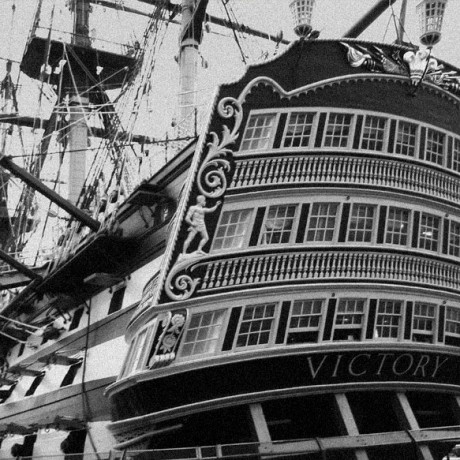
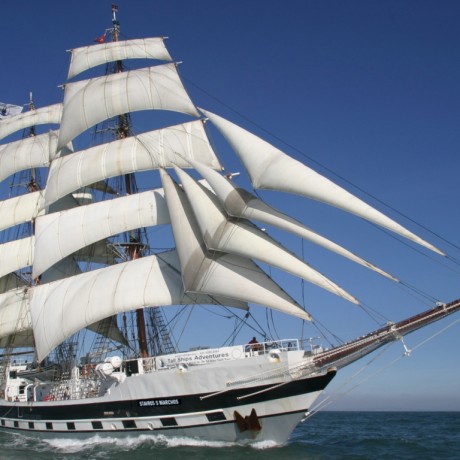
The Shipwrights of London continued working on the Thames and for a while had two Masters, one for 'Above the Bridge' (London Bridge), overseeing the area where river craft were built, the other 'Below the Bridge' which was where barges and seagoing craft were built. Under City lore the sons of Liverymen were allowed to take up the Freedom of the City by patrimony but members of the Shipwrights’ Company could not take advantage of this because they were not liverymen.
Therefore, in 1782 the Company therefore petitioned for, and obtained the livery, becoming the 59th Livery Company of the City.
As wooden ships were replaced shipbuilding on the Thames gradually declined through the 19th century and during this period the Company lost much of its influence eventually becoming one of those companies which were 'resuscitated' in 1876 under Lord John Manners, who later became the Duke of Rutland.
Efforts were immediately made to broaden the membership and bring into the Company prominent shipbuilding and shipping people from across the country.
Today the Company prides itself on being the principal maritime Livery Company in London with naval architects and marine engineers, shipowners and shipbrokers, specialists in maritime law, banking and insurance, and officers of the Royal and Merchant navies. There are also an increasing number of yacht designers and manufacturers.
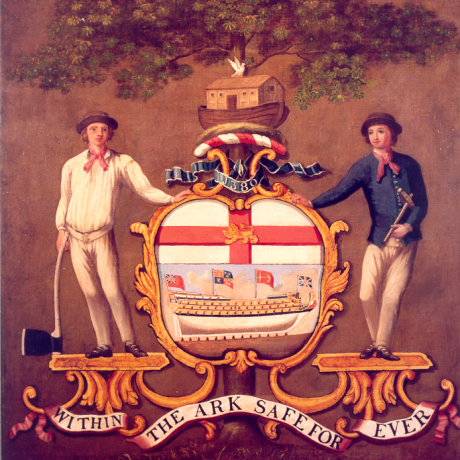
The Foreign Shipwrights of Redriff
The following passage is based on The Autobiography of Phineas Pett.
During the 16th century a number of shipyards started up on the South bank of the Thames in London in Redriff (Rotherhithe) and West Greenwich (Deptford) including the Royal Shipyards created by Henry VIII.
By 1580 these shipbuilders were looking to get themselves properly organised into a united guild or corporation almost certainly inspired by seeing the success of the closed shop livery movement in The City on the other side of the river and of which they were not a part of.
They petition for the grant of a charter on the basis that the existing industry in the country was unsatisfactory both in the quality of the ships being built and the skills and training of the people building them thus endangering the well being of the country. There may well have been some elements of truth in this combined undoubtedly with the personal ambitions of the prime movers of the petition. Eventually, in 1605, a Royal Charter to The Shipwrights of England is granted including a requirement that ALL persons involved in shipbuilding in England & Wales should become members of the new corporation. It seems that this charter had very little effect with everyone, including the City Shipwrights, going out of their way to ignore it. In 1612 a second Charter is granted with far more detail to empower the enforcement of it. One key change was that instead of Shipwrights of England it was granted to the Shipwrights of Redriff which opened a chink. From the outset its rivals avoided, challenged and chipped away at it’s authority and in 1639 on their third attempt the City Shipwrights succeeded in having themselves formally exempted from the authority of the Foreigners over the river.
Try as they might the Corporation in Rotherhithe never fully succeeded in getting the authorities totally committed to backing their authority resulting in falling revenues and after one final fling of the dice in the 1680s to get a new charter, hotly contested by its old rivals, the Corporation fizzled out to become extinct leaving us only their Coat of Arms which we proudly sport today.
The full extract of Pett's autobiography can be found here.












